Nature-based solutions
Special report
This map shows some of the projects in Shell's voluntary carbon credit portfolio in October 2019.
We are increasing our investment in protecting or developing natural ecosystems, such as forests, grasslands and wetlands, to capture more carbon from the atmosphere and help our customers offset their emissions using carbon credits.
A joint study by several universities and non-governmental organisations, including The Nature Conservancy and Wetlands International, found that nature-based solutions could reduce carbon dioxide (CO2) emissions by more than 11 billion tonnes a year by 2030. This is equivalent to the combined annual CO2 emissions of the USA and the European Union.
Shell recognises that nature-based solutions are a tool that can only ever complement, and not replace, others we are deploying to help society move to a low-carbon future.
Nature-based solutions also help deliver many other benefits, including improvements in biodiversity, water quality, flood protection and livelihoods.
Investing in nature is one of our tools to help us achieve our ambition to reduce the Net Carbon Footprint of the energy products we sell by around half by 2050, in step with society’s progress to align with the goals of the Paris Agreement.
In the Netherlands, we are working with the Dutch state forestry service to plant more than 5 million trees over the next 12 years.
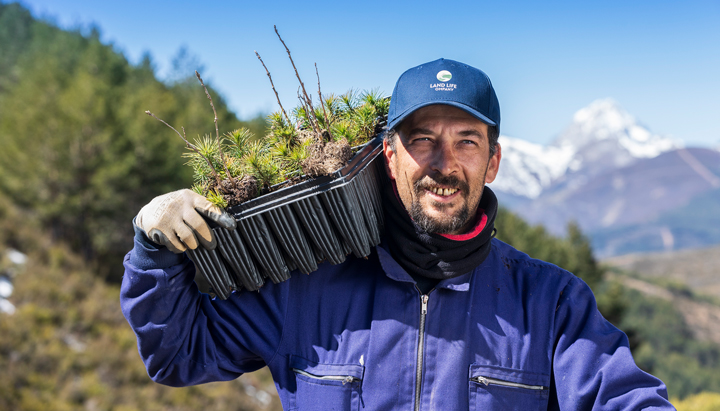
Our reforestation project in Spain is part of a growing international effort to prevent the destruction of forests, increase reforestation and restore degraded land.
We will also reforest 300 hectares of degraded land in Spain as part of an agreement with Land Life Company. Between April 2019 and January 2020, we planted around 260,000 trees for the project.
In the UK, we are working with the government in Scotland to generate carbon credits by helping to plant or regenerate around 1 million trees over the next five years.
In Queensland, Australia, we are restoring 800 hectares of endangered woodland.
Carbon-neutral driving and transport
In 2019, we started to offer customers nature-based carbon credits to offset the CO2 emissions generated by the extraction, refining, distribution and use of the Shell fuel they buy. We launched the programme at around 400 service stations in the Netherlands and about 1,000 service stations in the UK.
We also offer nature-based carbon credits to business customers operating heavy- and light-duty fleets in 10 countries across Europe and Asia.
We delivered the world’s first carbon-neutral liquefied natural gas cargoes to Tokyo Gas and GS Energy. We used nature-based carbon credits to compensate the CO2 emissions generated from exploration and production to use by the consumer. The cargoes provided enough carbon-neutral energy to power nearly 300,000 homes for a year.
We buy our carbon credits from a global portfolio of nature-based projects. These projects are certified to standards, such as the Verified Carbon Standard and the Climate, Community and Biodiversity Standard.
We believe that nature-based solutions are a critical tool in support of society’s efforts to achieve the goals of the Paris Agreement. Accelerating the pace of deployment will require collaboration between governments, industry and investors, and wider society.
How carbon offsets work
Read about carbon flux measurement in Developing technology.
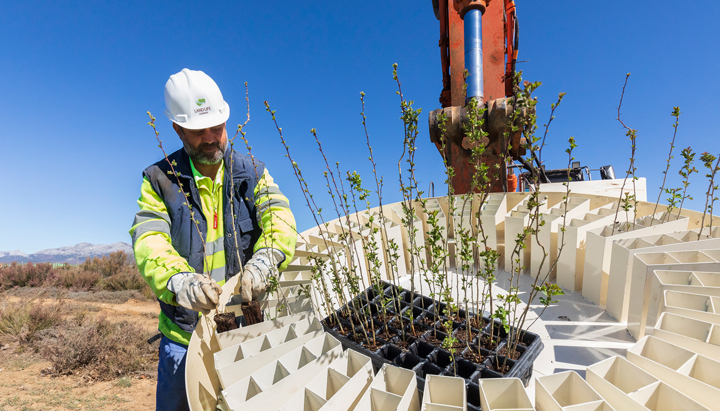
We are working with Land Life Company to plant trees on abandoned land surrounding grazing pastures.
 Climate change
Climate change
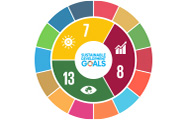 Sustainable development goals
Sustainable development goals
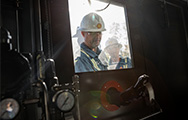 Safety
Safety
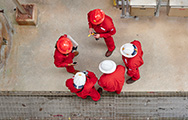 About our data
About our data
